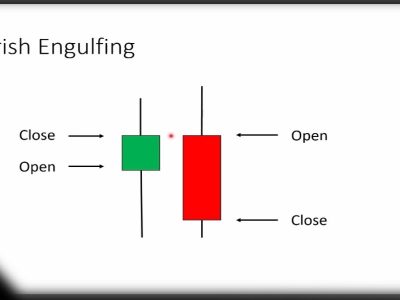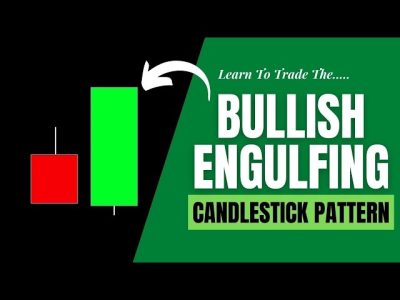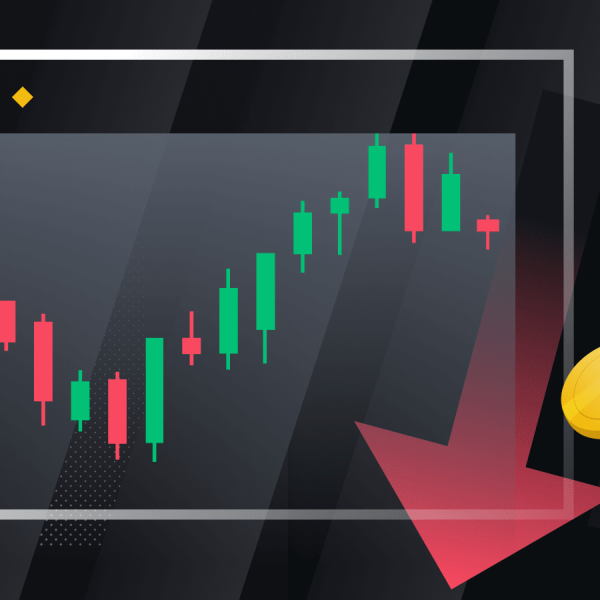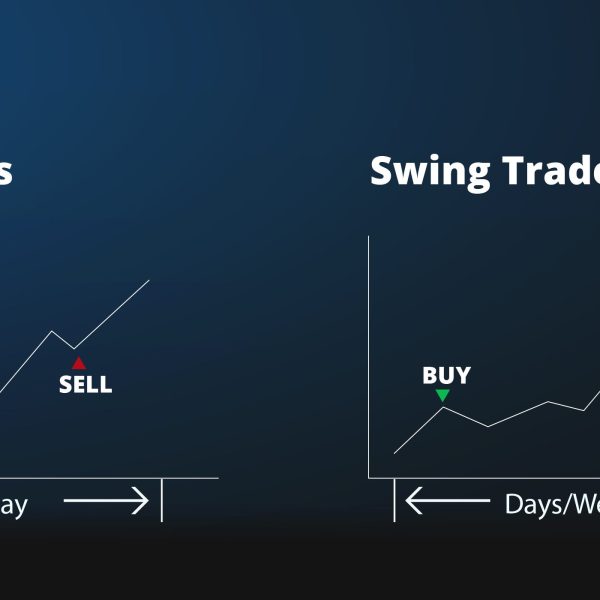The stochastic oscillator is a useful indicator to evaluate the movement or strength of a trend. Stochastic oscillators and oscillators in general are presented in an easy and understandable way with clear buy and sell signals. However, over-reliance on these signals, without a deeper understanding of stochastic oscillators, is likely to lead to frustration. To avoid such frustration, new traders must have a thorough understanding of the underlying mechanics of the stochastic oscillator in relation to current market conditions.
You can also read: How to set up Webull day trading?
What is stochastic oscillator?
The stochastic oscillator measures price movement. Momentum is the amount of acceleration in price movement. The idea behind the stochastic indicator is that the price of an instrument often changes before the price of the instrument changes direction. As a result, this indicator can be used to predict the reverse trend. Experienced traders and those who learn technical analysis can use the stochastic indicator. With the help of other technical analysis tools such as moving averages, trend lines, and support and resistance levels, the stochastic oscillator can help improve the accuracy of trades and identify profitable entry and exit points.

How does the stochastic indicator work?
This indicator works by focusing on the closing price of an instrument in relation to the high and low price range in a certain number of previous periods. Typically, the previous 14 courses are used. By comparing the closing price with the previous price movements, the indicator tries to predict the price return points.
A stochastic indicator is a two-line indicator that can be applied to any graph. It fluctuates between 0 and 100. This index shows how the current price is compared to the highest and lowest price levels in a predetermined period of the past. The previous course usually consists of 14 separate courses. For instance, in the weekly chart, this would be 14 weeks. In the hourly chart, this will be 14 hours.
When a stochastic marker is applied, a white line appears below the chart. This white line is the K line. There also a red line will be on the chart.
- When the stochastic indicator is at a high level, it means that the price of the instrument is close to above the 14-period range. When the indicator is at a low level, it indicates that the price has closed near the end of the 14-day range.
- The general rule for the stochastic indicator is that in a bullish market, prices are close to the highest price. In contrast, in a declining market, prices close. If the closing price moves away from the top or bottom, it indicates that the movement is slowing down.
- Stochastic index can be used to identify overbought readings. It can also predict trend changes. Traders use various strategies with this indicator.
- This indicator is more effective in broad trading intervals or slow trends.
How to read the stochastic indicator
This indicator is scaled between 0 and 100. Readings above 80 indicate that the instrument is trading close to its high and low range. A reading below 20 indicates that the instrument is trading near its lowest uptrend range.
Readings above 50 indicate that the instrument is trading at the top of the trading range. Readings below 50 indicate that the instrument is trading in the lower part of the trading range. When the stochastic lines are above 80, the indicator indicates that the tool has been purchased too much. When the stochastic lines are below 20, it indicates overselling of the tool.
Excessive buying and selling levels are useful for predicting trend changes. If a stochastic indicator falls from above 80 to below 50, it indicates that, the price is moving lower. If the indicator moves below 20 to above 50, it indicates a price increase.
Traders are also looking for divergence. This is when the stochastic trend line and the price trend line diverge. This indicates that the price trend is weakening and may be reversed soon.
How to trade using stochastic indicator in trading
These are the more common strategies utilizing Stochastic Indicator:
Stochastic overbought/oversold strategy
In an initial oversold strategy, traders can use a stochastic indicator to identify the entry and exit points of the trade.
In general, traders are looking to buy and sell when an instrument is oversold. The buy signal is often given when the stochastic indicator is below 20 and then reaches above 20. In contrast, traders are looking for a sell trade that is an over-bought tool. The sell signal is often given when the stochastic indicator is above 80 and then falls below 80.
However, excessive sales tags can be misleading. The price of a tool does not necessarily decrease due to its excessive purchase. Likewise, the price of a tool does not increase automatically just because it sells too much. Over-buying and over-selling means that the price is traded near the top or bottom of the range. This can keep on for a while.
Stochastic divergence strategy
Another popular trading strategy using a stochastic indicator is the divergence strategy. In this strategy, traders seek to see if the price of a tool is reaching a peak or the lowest price, whereas a stochastic index is not. This may indicate that the trend may be reversed.
An upward divergence occurs when the price of an instrument falls lower but touches a lower stochastic index. This indicates that the selling pressure has decreased and an upside reversal may occur. Downward divergence occurs when the price of an instrument reaches its highest point, but the stochastic index reaches its lowest point. This indicates that the uptrend has slowed down and a downward reversal may occur.
An important point about a divergence strategy is that no trading should take place until the divergence is confirmed by the actual price rotation. The price of a tool can continue to rise or fall for a long time, even when divergence occurs.
Stochastic crossover
Stochastic crossover is another popular strategy used by traders. This happens when the two lines intersect in an area where there is too much buying or selling.
When a rising K line crosses the top of the D line in the oversold area, it generates a buy signal. This is a sell signal when K line crosses below the D line in the overbought area. These signals are more reliable in limited markets. They are less reliable in popular markets. In a trend-following strategy, traders will monitor the stochastic indicator to make sure it is moving in one direction. This shows that this trend is still valid.
Stochastic bull/bear strategy
Finally, another common use of the stochastic indicator is to identify cattle and bear trading settings. Adjusting bull trades occur when the stochastic indicator peaks but the instrument price peaks lower. This indicates that momentum is increasing and the price of the tool can go up. Traders are often looking to buy after a short price reversal in which the stochastic indicator in the reversal has reached below 50 and then moves up again.
The bearish adjustment occurs when the stochastic indicator shows a lower, yet the price of the instrument falls lower. This indicates that sales pressure is increasing and tool prices may decrease. Traders are often looking to trade after a short return. Traders should be aware that the stochastic indicator has its limitations. This is not a safe technical analysis tool. Markers can often produce incorrect signals. In a turbulent market, this can happen often.
Cons of Stochastic Oscillator
The primary limitation of a stochastic oscillator is that it is known to produce incorrect signals. This is when the indicator generates a trading signal, but the price is not really followed, which can lead to a losing trade. In a volatile market, this can happen quite regularly. One way to help this is to consider the price trend as a filter, where signals are only received if they are in the same direction.
In conclusion
The Stochastic Oscillator is a popular and widely used momentum indicator. Traders often use divergent signals from the oscillator to identify potential market reversals. However, the oscillator is prone to producing incorrect signals. So, it is better to use it along with other technical indicators than as an independent source of trading signals.











